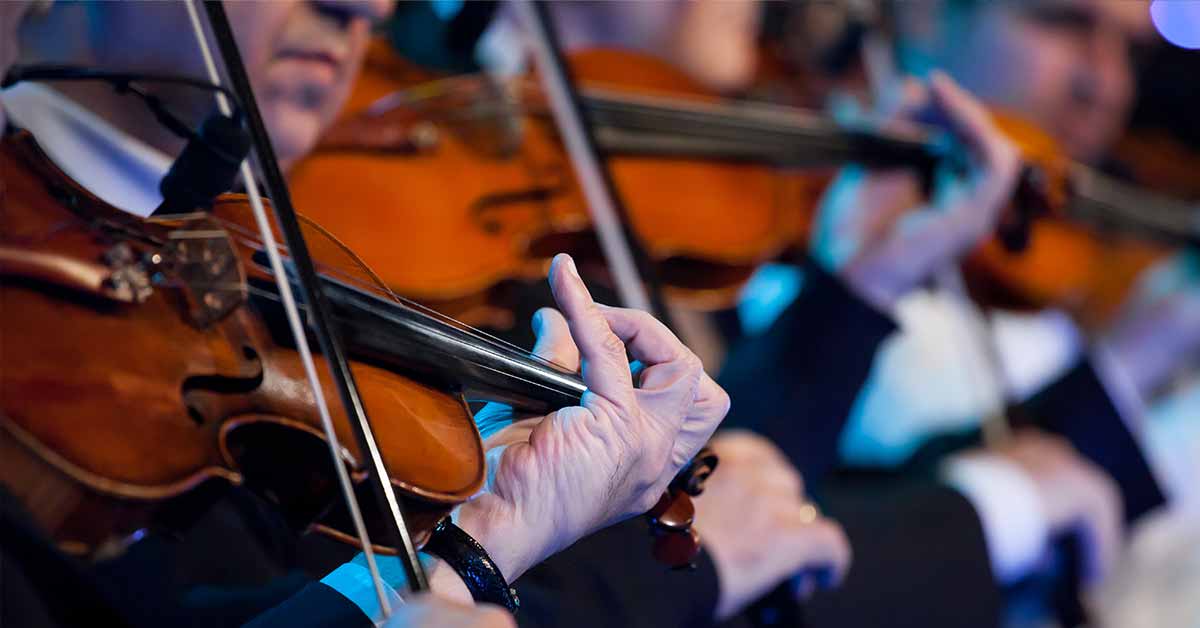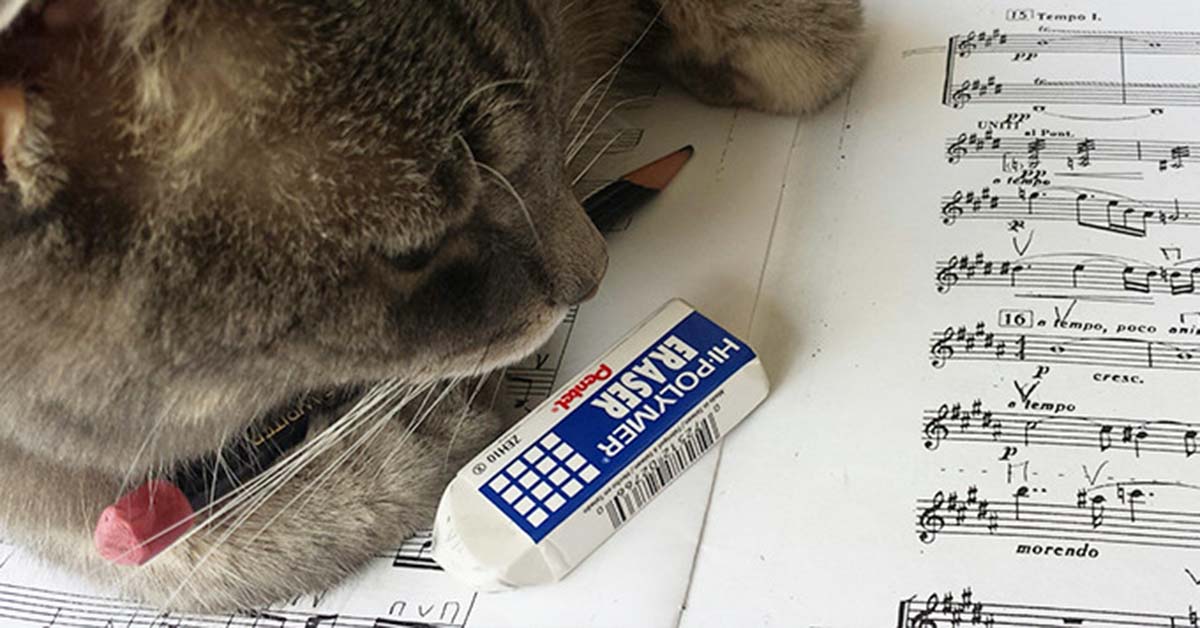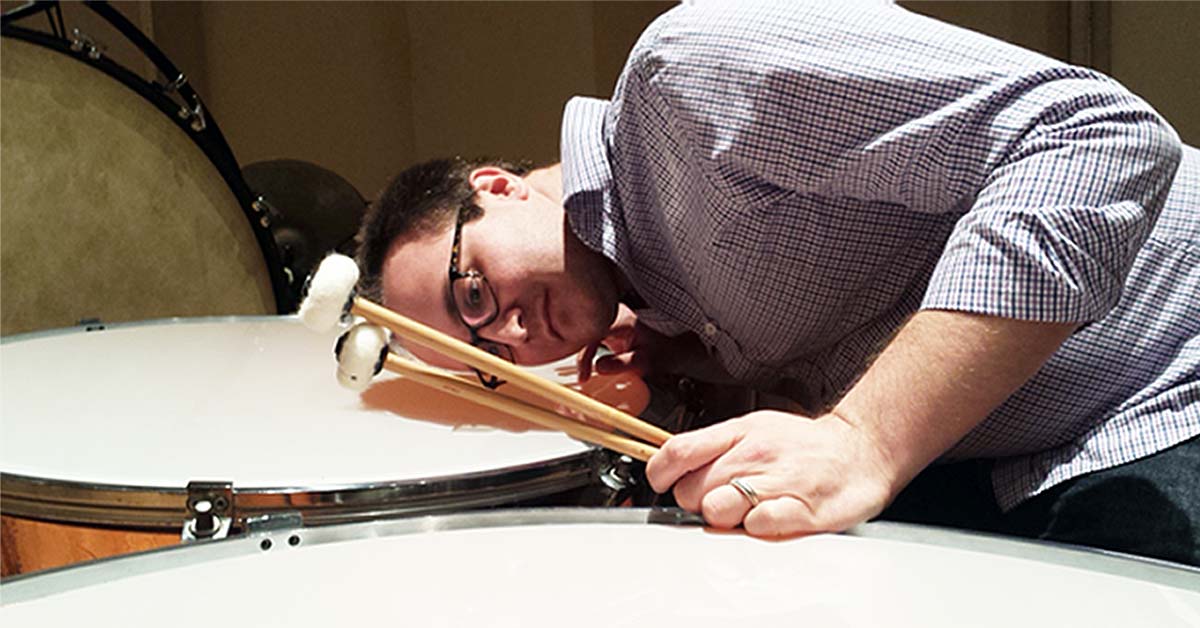If you talk to most professional classical musicians and ask them where they gained the bulk of their performing experience before attending college you’ll likely have them telling you what it was like growing up in their respective youth orchestras.Over the past several years, youth orchestras have exhibited reverse trends to their professional counterparts. Whereas many professional orchestras are forced into scaled back artistic offerings and shorter seasons, youth orchestras are bursting at the seams. Many suburban areas are even forming their own youth orchestras separate from the traditional groups associated with the neighboring metropolitan centers.
How big of a business are youth orchestras? I examined the tax returns for 13 youth orchestras and the average annual budget for those organizations was $538,290:
|
Organization
|
Annual Budget
|
|
Chicago Youth Symphony Orchestras
|
$ 939,139
|
|
Denver Young Artists Orchestra
|
$ 435,640
|
|
Greater Baltimore Youth Orchestra
|
$ 241,242
|
|
Greater Boston Youth Symphony Orchestras
|
$ 1,043,488
|
|
Greater Dallas Youth Orchestras
|
$ 362,296
|
|
Greater Twin Cities Youth Orchestra
|
$ 613,763
|
|
Louisville Youth Orchestra
|
$ 250,884
|
|
(Northern Virginia) American Youth Philharmonic
|
$ 359,872
|
|
Oakland Youth Orchestra
|
$ 178,357
|
|
(Oregon) Metropolitan Youth Symphony
|
$ 372,906
|
|
Philadelphia Youth Orchestra
|
$ 225,309
|
|
Vermont Youth Orchestra Association
|
$ 511,714
|
|
Youth Orchestra of the Americas
|
$ 1,463,161
|
Each organization maintains a variety of ensembles to accommodate elementary through high school age students. Some organizations, such as the Greater Boston Youth Symphony Orchestras, give performances on 12 different dates from multiple ensembles throughout the course of a single season; that’s more concerts than smaller budget professional orchestras perform during their respective “masterworks series”.
Most organizations hire a few professional conductors and one to several full and/or part time administrative employees. In Boston, their executive director (the ranking administrative manager) earns $109,000 per year running that youth organization. That’s more than many executive directors earn at professional orchestras with budgets that are two to four times that of the Greater Boston Youth Symphony Orchestras.
In Northern Virginia, their youth orchestra executive director earns $52,800 per year, which is almost $17,000 more than the executive director for the Arlington Symphony Orchestra, a professional orchestra with a similar size budget serving the same area as the youth orchestra.
Youth orchestras are even managing to have a more professional look to the interactive component of their organization as compared to their professional counterparts. The websites for the youth orchestras inChicago, Boston, and Vermont are lovely. They maintain a more refined look, are easier to navigate, and have more information then manyprofessional orchestras with much larger administrative budgets.
It doesn’t take much to see that these organizations have become educational powerhouses in their respective communities. All of this growth inevitably leads toward more children having a greater exposure to a high quality classical music educational experience, which is certainly a good thing.
Where will all of this lead?
With all of this growth and expanded opportunities among youth organizations, why are professional orchestras are having such a hard time right now? Shouldn’t there be an increased interest in the professional orchestra serving cities where the youth orchestras are thriving? One answer may have to do with the inherent disconnect between professional orchestras and these independently operated youth organizations.
For example, although most youth orchestras attempt to hire musicians form their respective local professional orchestra to run sectional coachings, etc. there isn’t a great deal of contact between the two organizations. Ideally, it would make sense for professional orchestras to focus marketing efforts toward the families connected with the youth orchestras. Consequently, the youth orchestras should have an innate interest in seeing more of their community actively support the professional ensemble; it should be a win-win scenario but usually isn’t.
In order to take better advantage of this situation, some professional orchestras have established youth orchestras as a component of their organization, such as the San Francisco Symphony Youth Orchestra. The youth orchestra rehearses and performs in the same hall as the San Francisco Symphony and is conducted by the San Francisco Symphony’s Resident Conductor.
As a matter of fact, several prominent and upcoming music directors began their careers leading youth orchestras such as; former San Francisco Youth Symphony conductor Jahja Ling (currently the music director for the San Diego Symphony), former Denver Young Artists Orchestra conductor David Lockington (currently the music director for the Grand Rapids Symphony), and former Richmond Symphony Youth Orchestra conductor Eckart Preu (currently the music director for the Spokane Symphony Orchestra).
Ideally, it would be better for all of classical music if youth orchestras and professional orchestras shared a much tighter bond than currently exists in order to capitalize on creating a larger core audience. At least one of the orchestra listed above, the Greater Baltimore Youth Orchestra, has the following declaration as part of their mission statement,
“Foster a greater appreciation for classical music in the students and their audience.”
In the end, you should take the time to investigate what your local youth orchestras offer and see how much of what they do is related to the world of professional classical music. You might be surprised at what you’ll learn.










